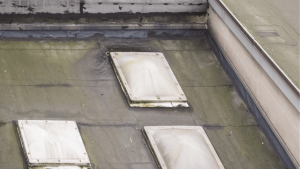
Moisture in Miami Roofs: How to Identify and Prevent Costly Damage (2025 Guide)
This article explains the three main types of moisture damage affecting homeowners, how to identify them early, and key preventive measures according to 2025 standards.
Are Terracotta Roofs Ideal for Hurricanes? Truths and Myths in 2025.
A Legacy of Beauty, a Question of Modernity
Terracotta roofs first arrived in Florida with the Spanish in the 16th century, and today they continue to dominate the architectural landscape of cities like Miami and Tampa. Their classic aesthetic and timeless charm are undeniable. But in 2025, are they still the best option for homeowners facing Florida’s unique climate challenges?
According to Florida Roofing Magazine (2025), 60% of homeowners who choose terracotta do so primarily for its classic aesthetic, yet 30% underestimate its significant weight and cost implications. Let’s delve into the facts to help you make an informed decision.

In this article, we’ll see:
Understanding the full picture of terracotta roofing is essential before you invest.
Benefits | Drawbacks |
✅ Extreme Durability (100+ years with maintenance). | ❌ High Cost: $20-$40/sq. ft. (vs. $10-$18 for concrete tile). |
✅ Hurricane Resistance (180 mph winds, Class 4 certified). | ❌ Weight: Requires structural reinforcement (+$5K-$15K). |
✅ Energy Efficiency (reflects 80% of heat, per Energy Star 2025). | ❌ Impact Fragility: Large hail can crack tiles. |
✅ Zero Mold/Rot (ideal for humid climates). | ❌ Complex Installation: Only 15% of FL contractors are certified. |
Terracotta tiles, when properly installed with certified wind-resistant anchoring systems as per the Florida Building Code 2025, offer excellent protection against high winds. Their Class 4 impact rating means they can resist 180 mph winds, making them highly resilient against hurricanes.
Modern terracotta tiles, in partnership with Energy Star 2025 standards, are engineered to reflect up to 80% of solar heat, significantly reducing cooling loads and improving your home’s energy efficiency. This can lead to substantial savings on your monthly utility bills.
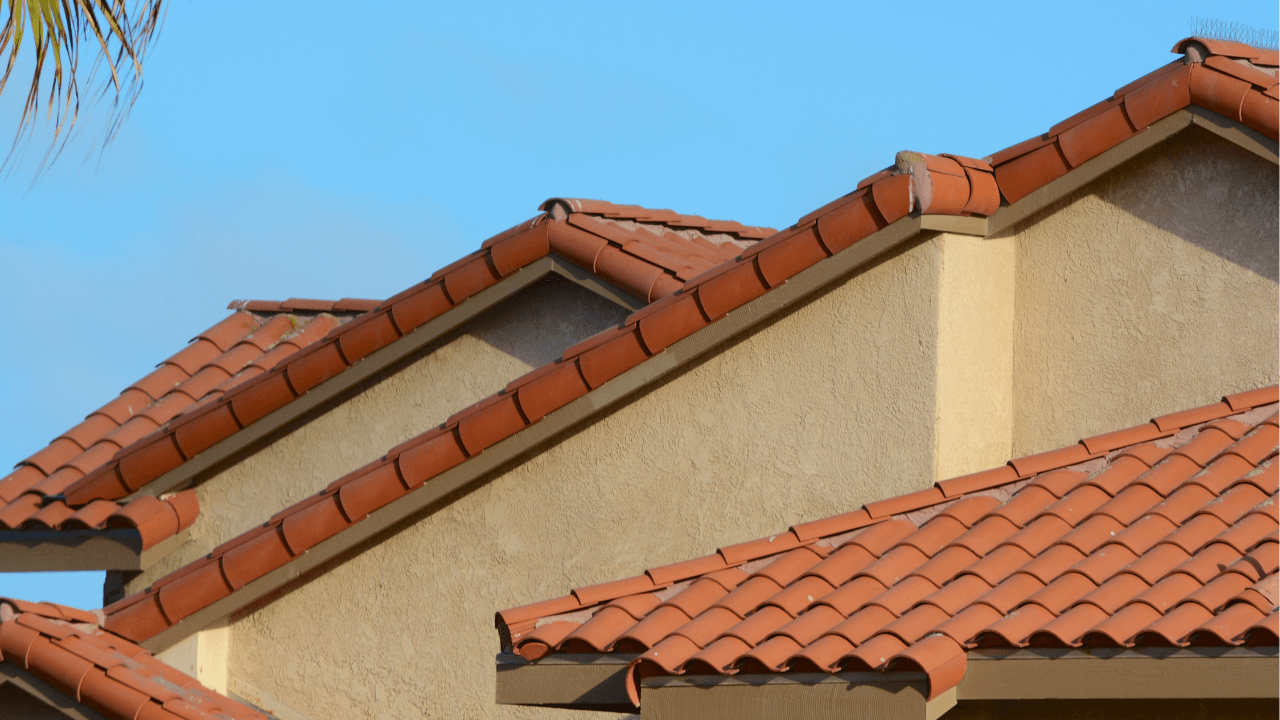
Choosing between terracotta and concrete tiles is a common dilemma for Florida homeowners. Here’s a quick comparison:
While terracotta has a higher upfront cost, its significantly longer lifespan can make it a more cost-effective choice over several decades, reducing future replacement expenses.
Despite its many advantages, terracotta isn’t always the ideal choice:
«The Rodriguez family in Tampa installed terracotta in 2010. After Hurricane [Name of recent hurricane, if applicable, otherwise omit specific name], only 3 tiles were damaged, compared to 50+ on nearby asphalt roofs.» This real-world example highlights the superior resilience of properly installed terracotta in Florida’s challenging climate.
Frequently Asked Questions About Terracotta Roofs in Florida (FAQ 2025)
Are terracotta tiles good for hurricanes in Florida? Yes, they can withstand winds up to 180 mph (Class 4), but they must be installed with certified wind-resistant anchors in compliance with the 2025 Florida building code.
Can I install terracotta tiles over my old roof? No. Due to their weight, a reinforced structure is required. Most Florida homes need additional support, which can cost between $5,000 and $15,000.
How often should I clean my gutters in Miami? At least three times a year—May, September, and December. Palm fronds tend to clog gutters faster than typical tree leaves, requiring more frequent maintenance.
Does maintenance void my roof warranty in 2025? Not at all. In fact, regular professional maintenance by licensed Florida contractors is usually required to keep your warranty valid. Be sure to keep all service reports and invoices.
How much does a professional roof inspection cost in Miami? The cost varies by roof size, type, and complexity. However, many reputable companies—including Roofing Nation—offer free initial inspections and detailed condition reports.
Can I inspect my roof myself? A simple visual check from the ground helps, but a thorough inspection should be done by professionals. They use safety equipment, drones, and infrared tools to detect hidden issues like moisture or subtle damage.
What should I do if my inspection reveals damage? The inspector will provide a report with photos, a clear diagnosis, and recommended repairs or replacements. They can also help guide you through an insurance claim if your policy covers the damage.

This article explains the three main types of moisture damage affecting homeowners, how to identify them early, and key preventive measures according to 2025 standards.

This professional guide breaks down the parts of the roof, their structural importance, and preventive maintenance, with special attention to the needs of Miami’s humid and windy climate.
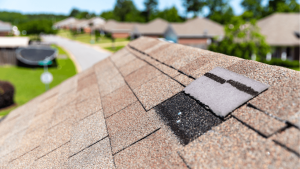
Roofing Nation, your trusted guide in South Florida, unveils the 9 most frequently overlooked roof issues discovered during our 2025 inspections. Understanding these early warning signs and their associated costs is paramount for proactive homeowners.
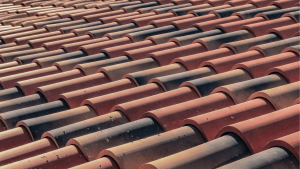
Choosing between clay vs concrete roof tiles in Miami is a critical decision that impacts your home’s protection, longevity, and overall value.
This comprehensive 2025 guide delves into the crucial aspects of both materials, comparing their costs, lifespans (ranging from 20 to 30 years), and vital hurricane resistance capabilities.
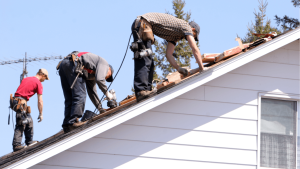
Roof repair vs replacement Miami: Learn when to fix minor damage under 25% (no permit needed) versus a full replacement for extensive issues or aging roofs, navigating 2025 regulations and costs.
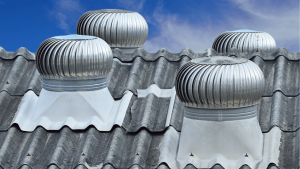
Roof Ventilation Miami is crucial against heat and humidity. Discover signs of poor ventilation, effective systems like Turbine and Ridge Vents, and the benefits of proper installation by Roofing Nation.
® All rights reserved,
Roofing Nation LLC.
10830 NW 138th St #1, Hialeah
Gardens, FL 33018
(Monday – Sunday)
© Copyright Roofing Nation. All Rights Reserved 2025